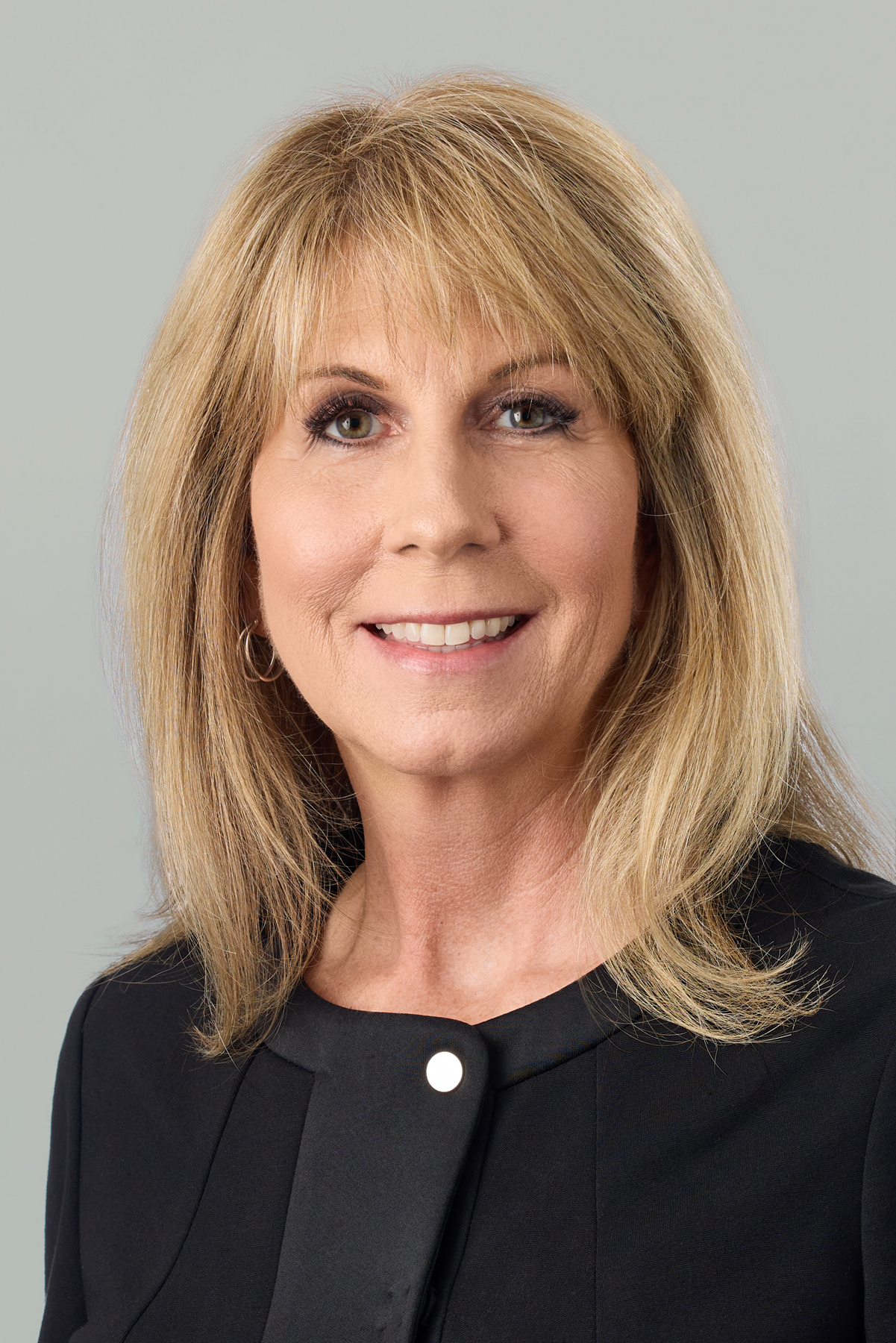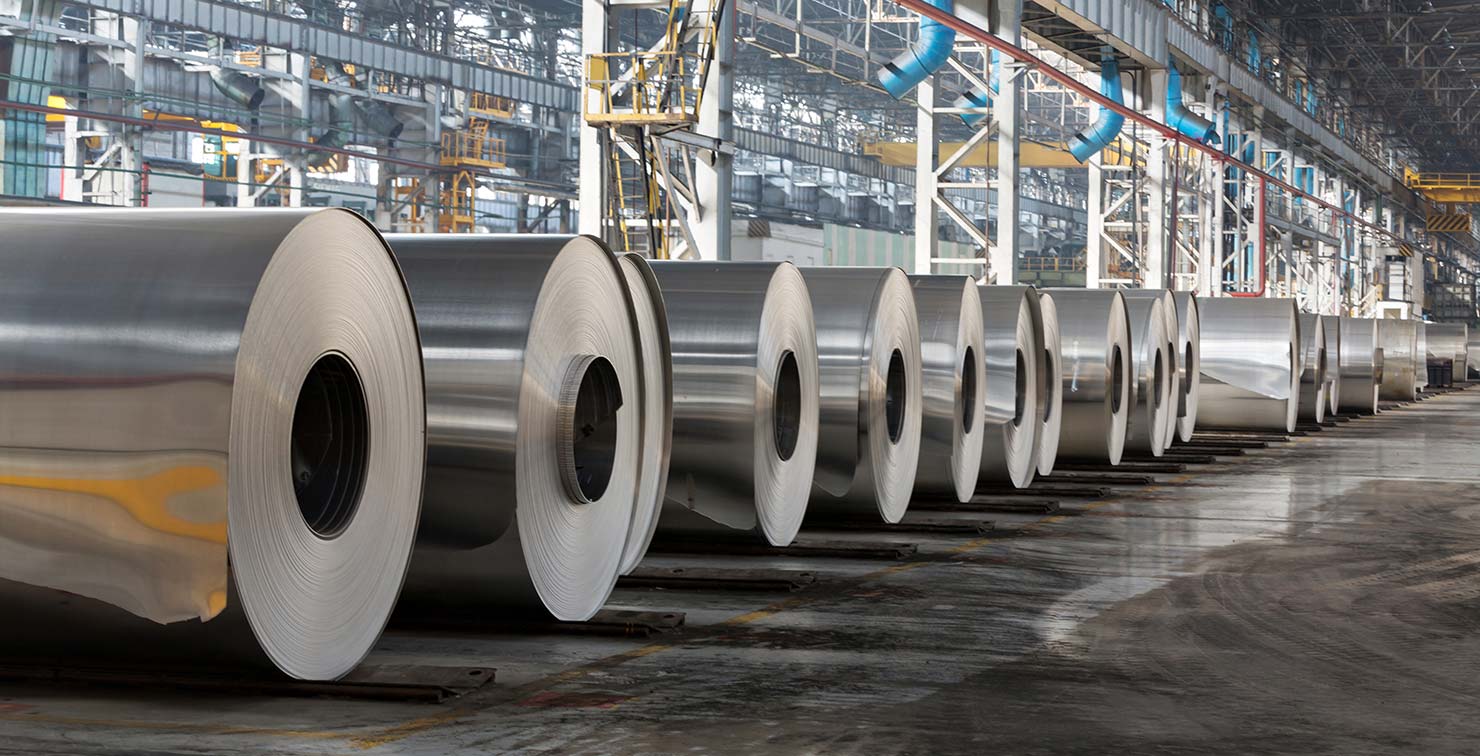For manufacturing and distribution (M&D) companies, which are already well-conditioned to operating in an uncertain global environment, 2017 promises to continue to keep them on their toes. At the very least, it is likely to present a mixed bag of new challenges and opportunities, and executives will need to ensure that their organizations are nimble enough to pivot quickly when faced with disruptive change.
Among the challenges that M&D companies may face this year are the potential negative impacts on trade stemming from the “hard Brexit” course that British Prime Minister Theresa May has set for the United Kingdom. Meanwhile, the new Trump administration’s approach to trade is already proving to be a source of consternation for longtime trade partners like China, Canada and Mexico. President Trump has already pulled the United States out of the Trans-Pacific Partnership (TPP) negotiations and is expected to sign an executive order to renegotiate the North American Free Trade Agreement (NAFTA). With the volume of cross-border imports and exports, the impact on M&D companies could be significant.
On the other hand, possible opportunities for M&D companies include easing and/or elimination of certain environmental regulations in the United States. President Trump told auto industry leaders at a recent roundtable that in the U.S. “environmental regulations are out of control.” Less than a week later, he signed an executive order to reduce regulation and control regulatory costs. The order requires that agencies eliminate two regulations for every one they propose. The Environmental Protection Agency is, of course, one of those agencies.
Also among the flurry of executive orders newly inked by Trump is the “Presidential Memorandum Streamlining Permitting and Reducing Regulatory Burdens for Domestic Manufacturing,” which “directs executive departments and agencies … to support the expansion of manufacturing in the United States through expedited reviews of and approvals for proposals to construct or expand manufacturing facilities and through reductions in regulatory burdens affecting domestic manufacturing.” This order is welcome news to manufacturers, especially those that already believed economic conditions under the Trump administration would be favorable to support their new facility or facility expansion plans. Furthermore, this order does not cover the corporate tax reform that is expected in 2017.
In short, there has been no shortage of dramatic change already in the new year. Interestingly, executives at M&D companies sensed months ago that 2017 would likely be another year of economic uncertainty for their industry – though they may not have known the exact kind or level of uncertainty it would bring.
When Protiviti and North Carolina State University’s ERM Initiative embarked on their research for the latest Executive Perspectives on Top Risks Survey, the Brexit vote had not yet taken place, and the major parties in the U.S. presidential election had not yet nominated their candidates. Nevertheless, executives cited the following as the number one and number two top risks for their industry:
- Economic conditions in markets we currently serve may significantly restrict growth opportunities for our organization, and
- Anticipated volatility in global financial markets and currencies may create significantly challenging issues for our organization to address.
Both of these macroeconomic risks held the same top positions in the previous year’s survey. This, in my opinion, reflects the ongoing challenges that M&D companies face in a global economy. These challenges are driven not only by political uncertainty and trade agreement considerations, but also by supply chain and sourcing vulnerabilities and currency devaluations.
All this underscores why “Stay Nimble” should continue to be the mantra for M&D companies this year. The rapid-fire changes we have seen so far should not lead to paralysis and/or stagnation. The old adage, “When one door closes, another one opens” has never been more true. The events that have unfolded in the first few weeks of 2017 suggest that businesses in this industry group should be prepared to adapt and innovate swiftly to take advantage of the doors that open.





